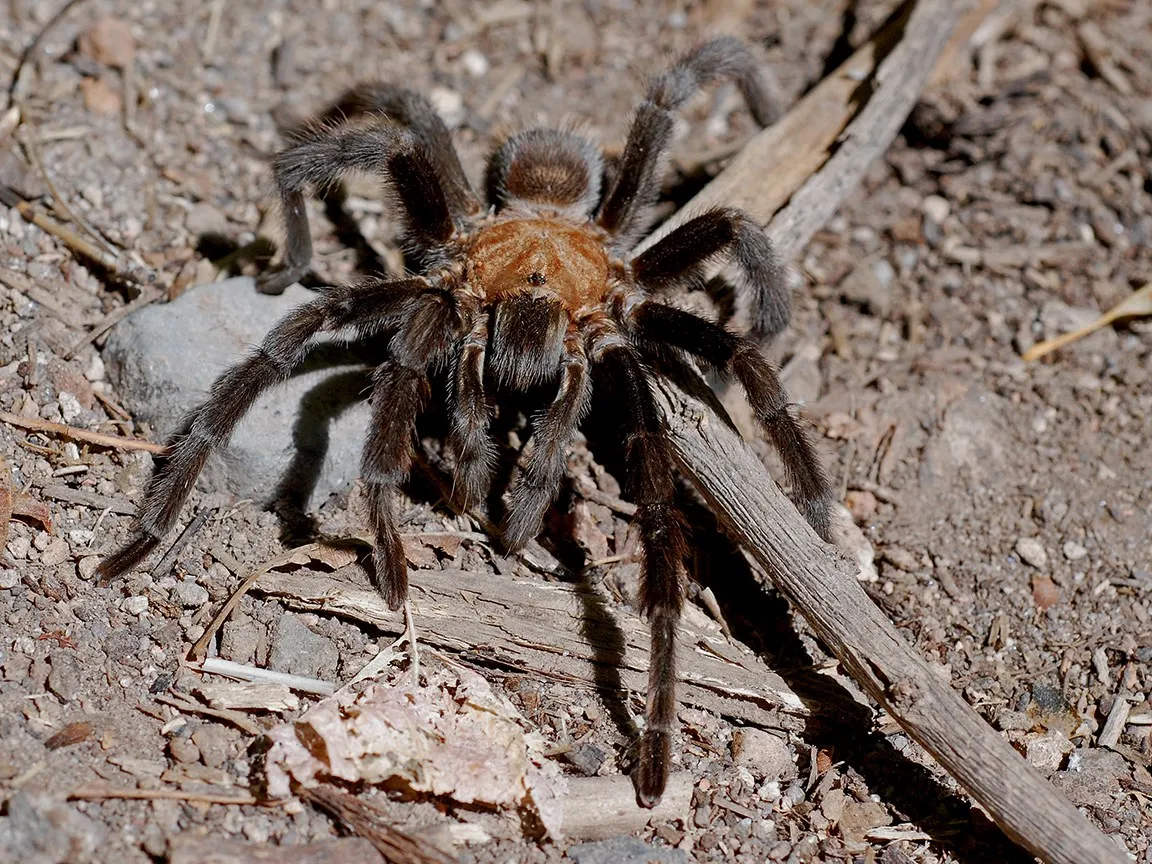Amazing Tarantula Movement Facts
Tarantulas, with their eight legs and often intimidating size, are masters of movement in their terrestrial environments. Understanding how these creatures navigate their world provides fascinating insights into their survival strategies and behaviors. From the subtle ways they walk to their impressive climbing abilities and even their occasional forays into swimming, tarantulas exhibit a diverse range of movement patterns. The ability to move effectively is crucial for these arachnids, enabling them to hunt, escape predators, and find mates. This article will delve into the top 5 amazing facts about tarantula movement, revealing the secrets behind their agility and adaptability.
How Tarantulas Walk
Tarantulas employ a unique gait that allows them to move with surprising speed and efficiency across various surfaces. Unlike insects that typically have six legs and a more coordinated walking style, tarantulas use all eight legs in a coordinated manner. This allows them to distribute their weight effectively, providing stability and balance. They move their legs in a diagonal pattern, with the front and back legs on one side moving in tandem with the middle legs on the opposite side. This allows for a smooth and continuous flow of motion. When walking, tarantulas lift their legs in a way that minimizes disruption to their center of gravity. They lift their legs in a coordinated sequence, ensuring that at least four legs are always in contact with the ground, maintaining stability and reducing the risk of falls.
The Role of Legs
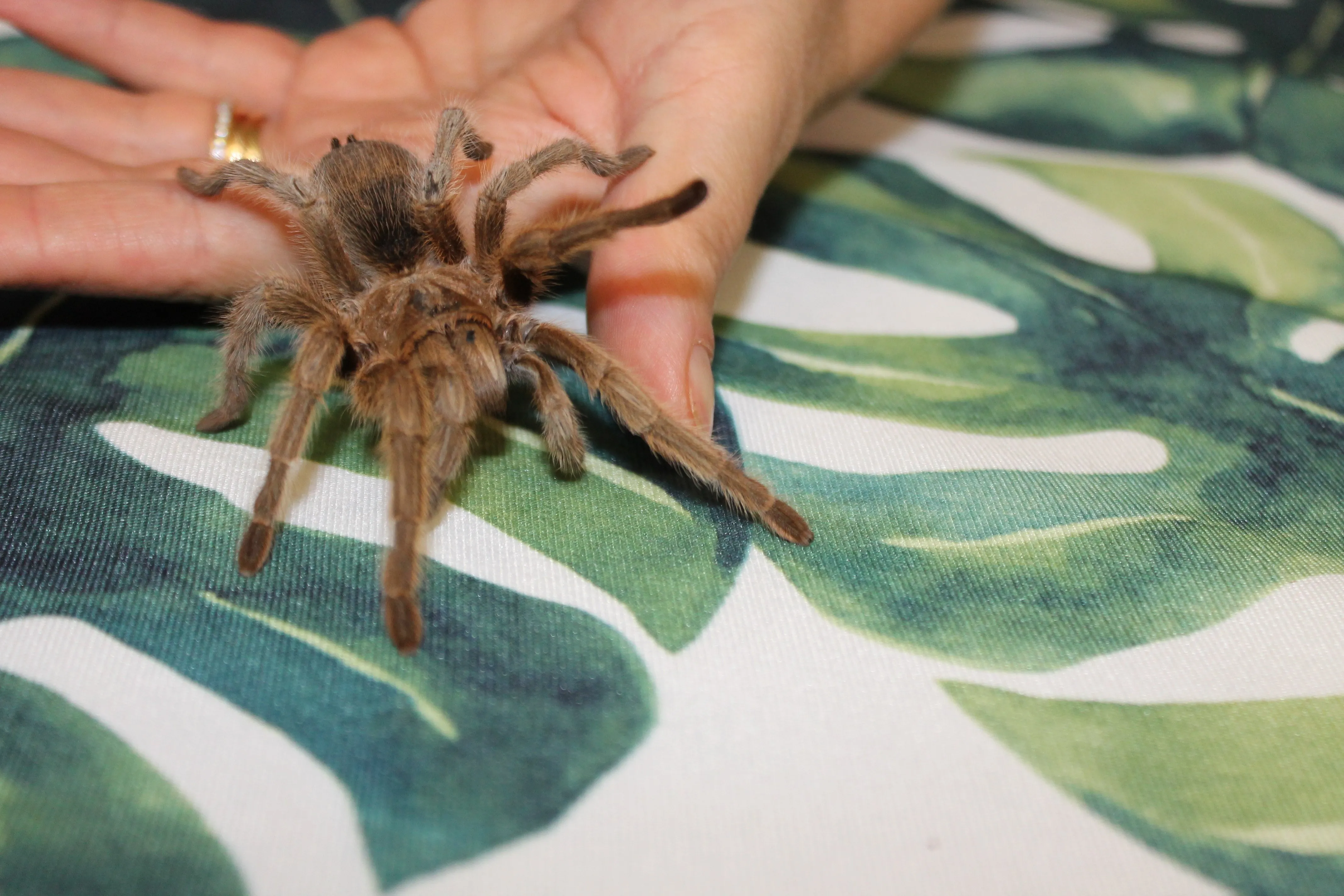
Each leg of a tarantula is covered in sensory hairs and claws. These are not just for locomotion; they also play a crucial role in sensing the environment. These hairs, known as setae, detect vibrations in the air and ground, allowing the tarantula to sense the presence of prey, predators, or potential mates. The claws on each leg provide grip and traction, enabling the tarantula to climb, crawl, and maintain its position on a variety of surfaces. The legs are also equipped with specialized sensory organs, such as the tarsal organs at the end of each leg, which aid in taste and chemical detection. These organs help the tarantula determine the suitability of food or potential threats. The strength and structure of the legs are also essential to the tarantula’s hunting strategy. They allow tarantulas to ambush their prey by quickly seizing and subduing them.
Specialized Leg Features
Tarantula legs are marvels of evolutionary engineering, boasting a range of specialized features that enhance their movement capabilities. One notable feature is the presence of claws, located at the end of each leg. These claws provide exceptional grip, allowing tarantulas to climb vertical surfaces, cling to rough terrain, and maintain their balance. The tarsal pads, located between the claws, are covered with tiny hairs that create friction, further enhancing grip. The length of the legs is also a factor. Longer legs allow for a wider stride and increased speed. Many tarantula species possess highly specialized setae, or hairs, on their legs and body, enabling them to sense vibrations in the air and ground, helping them detect prey and potential threats.
Factors Influencing Tarantula Movement
A variety of factors can influence how a tarantula moves. These include the type of surface, temperature, and the presence of threats or opportunities such as prey or potential mates. Understanding these factors provides a deeper insight into the adaptability of these arachnids. The surface a tarantula is walking on plays a critical role in its movement. Rough surfaces, such as bark or rock, offer better grip and enable more agile movement. The claws and setae on the legs help the tarantula maintain its grip, allowing it to climb and move with greater confidence. Conversely, smooth surfaces, such as glass or polished rock, can be challenging, and tarantulas may struggle to maintain their footing. Temperature also significantly impacts tarantula movement. Tarantulas are ectothermic, meaning their body temperature is regulated by their environment. Warmer temperatures can increase their metabolic rate, leading to faster movement and a more active lifestyle. Conversely, colder temperatures slow them down, making them sluggish.
Surface Types and Movement
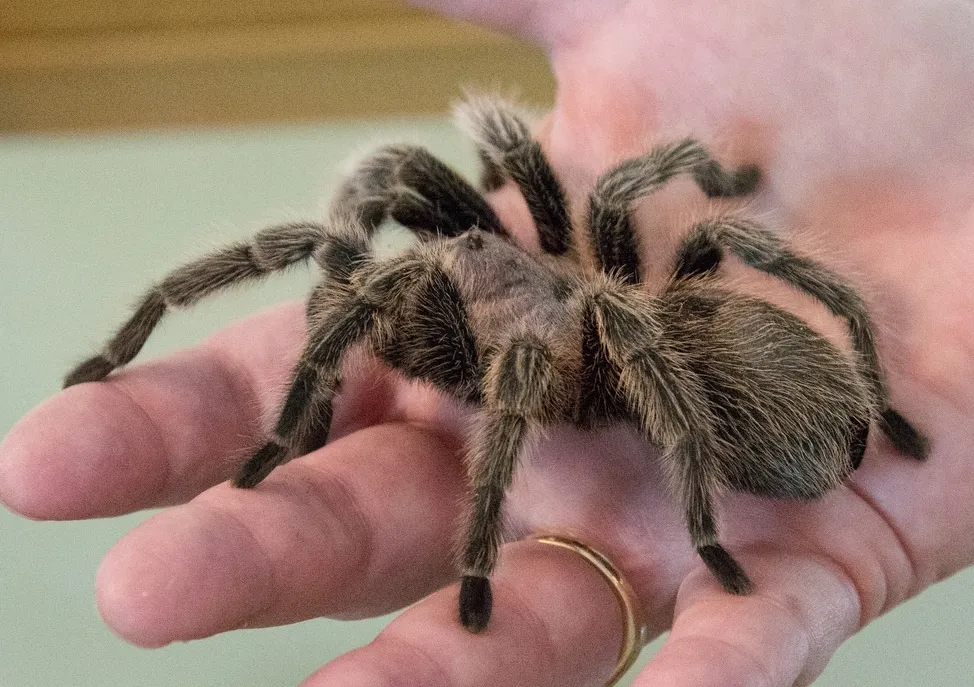
The surface a tarantula traverses has a direct impact on its movement style and efficiency. Rough surfaces such as tree bark, rocks, and soil provide excellent grip for the tarantula’s claws and setae, allowing for swift and secure locomotion. These surfaces also offer varied textures that enhance the sensory experience, aiding the tarantula in navigation and prey detection. In contrast, smooth surfaces such as glass or polished stone present a challenge. Tarantulas may have difficulty maintaining traction on such surfaces, often resulting in slower, more cautious movement. The tarantula’s ability to adapt its gait and utilize its specialized leg features is key to navigating the diverse terrain it encounters in its habitat. The adaptability of tarantulas enables them to thrive in a variety of ecosystems, showcasing their evolutionary success.
Temperature and Movement
Temperature is a significant environmental factor that heavily influences the movement of tarantulas. As ectotherms, tarantulas rely on external sources of heat to regulate their body temperature. In warmer environments, their metabolism increases, leading to enhanced activity levels and faster movement. This allows them to hunt more effectively, escape predators, and engage in other essential behaviors with greater speed and efficiency. Conversely, when temperatures drop, tarantulas become more sluggish and their movement slows down. They may seek shelter to conserve energy and reduce their activity levels. The impact of temperature on tarantula movement highlights the critical interplay between the environment and the behavior of these fascinating arachnids.
Predator Avoidance Movement
Tarantulas have developed several strategies for avoiding predators, and their movement plays a vital role in these defense mechanisms. When threatened, a tarantula may utilize a combination of speed, agility, and specialized behaviors to escape danger. Some tarantulas are capable of running at surprising speeds, using their long legs and coordinated gait to quickly cover ground and evade potential threats. Others may employ defensive postures such as rearing up on their hind legs and displaying their fangs, which can deter predators. Many tarantulas also possess the ability to flick urticating hairs from their abdomen toward a perceived threat. These hairs cause intense irritation, giving the tarantula a valuable opportunity to escape. The survival of tarantulas often depends on their ability to move effectively, whether it’s to outrun a predator or to employ a defensive strategy.
Jumping and Climbing
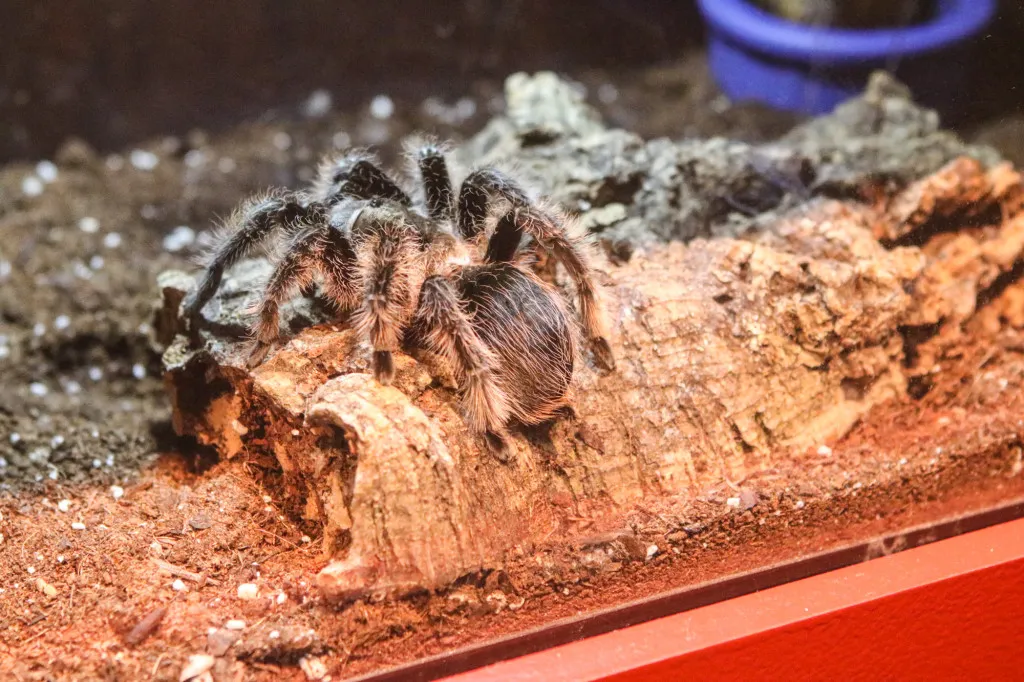
While tarantulas are not known for jumping in the traditional sense, they can utilize their legs for brief leaps or jumps, primarily when attempting to cross small gaps or when startled. However, they excel at climbing, thanks to their strong claws and specialized setae on their legs. These features allow them to scale vertical surfaces with ease. They can climb trees, rocks, and even the walls of their enclosures. This climbing ability is essential for several reasons, including escaping predators, accessing higher vantage points for hunting, and seeking shelter in elevated locations. The ability to climb gives tarantulas access to a wider range of habitats and increases their chances of survival.
Movement During Mating
Movement plays a critical role in the mating rituals of tarantulas. During courtship, male tarantulas use specific movements and behaviors to attract a female. These may include drumming on the ground, waving their legs, or performing elaborate dances. These displays are essential for signaling their fitness and attracting a mate. Once the female is receptive, the male approaches her cautiously, often using specific movements to avoid being mistaken for prey. After mating, the male must quickly retreat to avoid being cannibalized by the female. The movements associated with mating are intricate and crucial for the reproductive success of tarantulas. Successful mating involves coordinated movements and precise timing, showcasing the complex interplay between behavior and survival.
How Tarantulas Swim
Although tarantulas are primarily terrestrial creatures, they are surprisingly capable swimmers. They can navigate bodies of water when necessary, using their legs to propel themselves through the water. Their movements are slow and deliberate, but they can successfully cross small streams or ponds. They have also been known to use their legs to help them float, utilizing surface tension to stay afloat. Tarantulas that live in environments with access to water often exhibit this behavior. The ability to swim adds another layer to the adaptability of tarantulas, further enhancing their ability to survive in various habitats.
Aquatic Adaptations
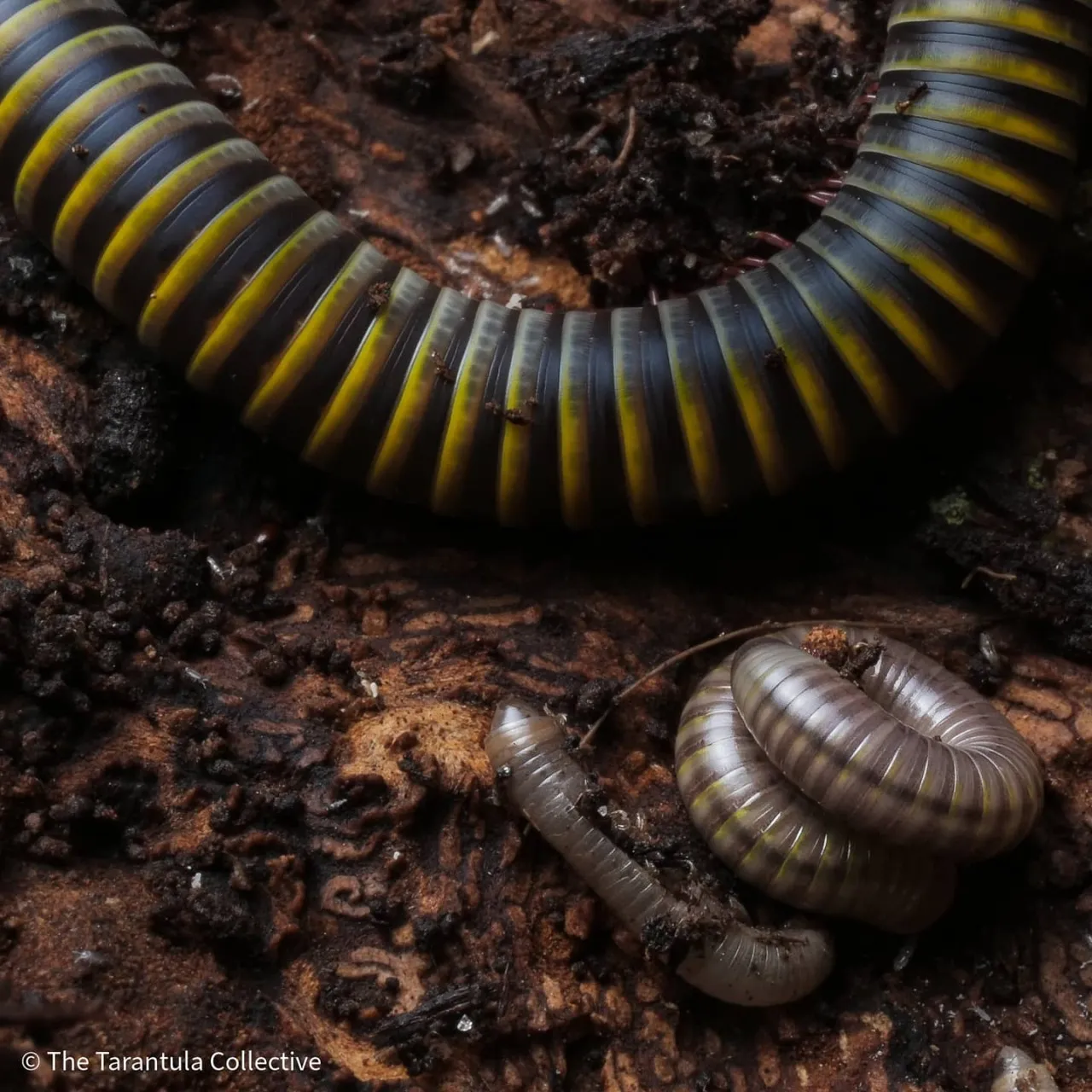
Some tarantula species have adapted to aquatic environments, exhibiting unique movement patterns and behaviors. These adaptations include the ability to swim and the development of specialized features to survive in water. These tarantulas typically have hydrophobic hairs on their bodies, which help them to stay afloat and prevent them from becoming waterlogged. They may also have adaptations to help them breathe underwater, such as the ability to trap air bubbles around their bodies. The aquatic adaptations of tarantulas demonstrate their remarkable ability to thrive in diverse habitats, showcasing their evolutionary plasticity and the broad range of behaviors they exhibit.
Unique Movement Behaviors
Tarantulas exhibit various unique movement behaviors beyond basic walking, climbing, and swimming. These behaviors are often related to specific situations such as hunting, nest building, or defense. For example, when hunting, tarantulas may ambush their prey by quickly seizing and subduing them. They may also use their legs to create vibrations in the ground, which help them to locate prey. Many tarantulas are burrowing species, using their legs and chelicerae (mouthparts) to dig elaborate burrows. During molting, tarantulas are vulnerable and their movements become limited. They often lie on their backs, using their legs to shed their old exoskeleton. These behaviors showcase the diversity and adaptability of tarantula movement, highlighting how they are finely tuned to meet the challenges of their environment.
Burrowing and Nesting
Burrowing is a key movement behavior for many tarantula species. They use their legs and chelicerae (mouthparts) to dig burrows in the ground, creating safe havens from predators, temperature fluctuations, and harsh weather conditions. The design and construction of these burrows vary depending on the species and the environment. Some tarantulas create simple tunnels, while others build elaborate, multi-chambered structures. The movement involved in burrowing is a complex process, requiring the tarantula to excavate soil, remove debris, and reinforce the walls of the burrow. The construction of a burrow is a significant investment of time and energy, but it provides crucial protection and a stable environment. Some tarantulas also line their burrows with silk, which adds structural support and helps to maintain humidity.
Molting and Movement
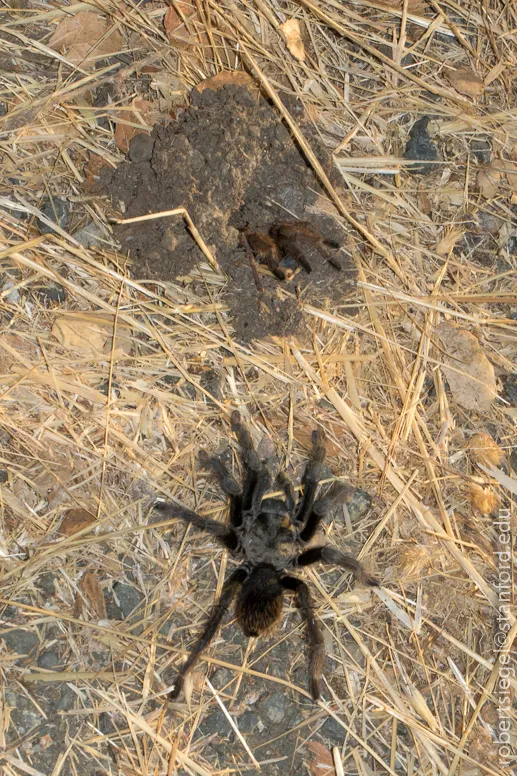
Molting is a critical process in the life of a tarantula, during which it sheds its exoskeleton to grow larger. During molting, the tarantula’s movement becomes severely restricted, as it is incredibly vulnerable. They typically lie on their backs during this process, using their legs to help them shed the old exoskeleton. The process of molting can take several hours or even days, during which the tarantula is immobile and defenseless. Once the new exoskeleton has hardened, the tarantula is once again able to move freely. The movements associated with molting highlight the vulnerability of tarantulas and the significance of this life stage. It underscores the complex relationship between tarantulas and their environment and the remarkable adaptations that enable them to survive.
In conclusion, tarantula movement is a fascinating area of study, highlighting the remarkable adaptability and resilience of these arachnids. From the way they walk and climb to their swimming capabilities and the unique behaviors they exhibit during mating and molting, tarantulas showcase a diverse range of movement patterns. Understanding these movements provides insights into their survival strategies, predator avoidance mechanisms, and overall ecological roles. As we continue to study these amazing creatures, we will undoubtedly uncover even more secrets about their movement and the intricate ways in which they interact with the world around them. These creatures are well-adapted to navigate their environment and thrive.
